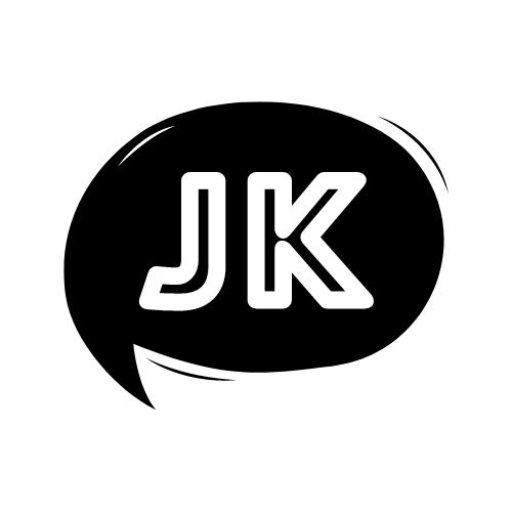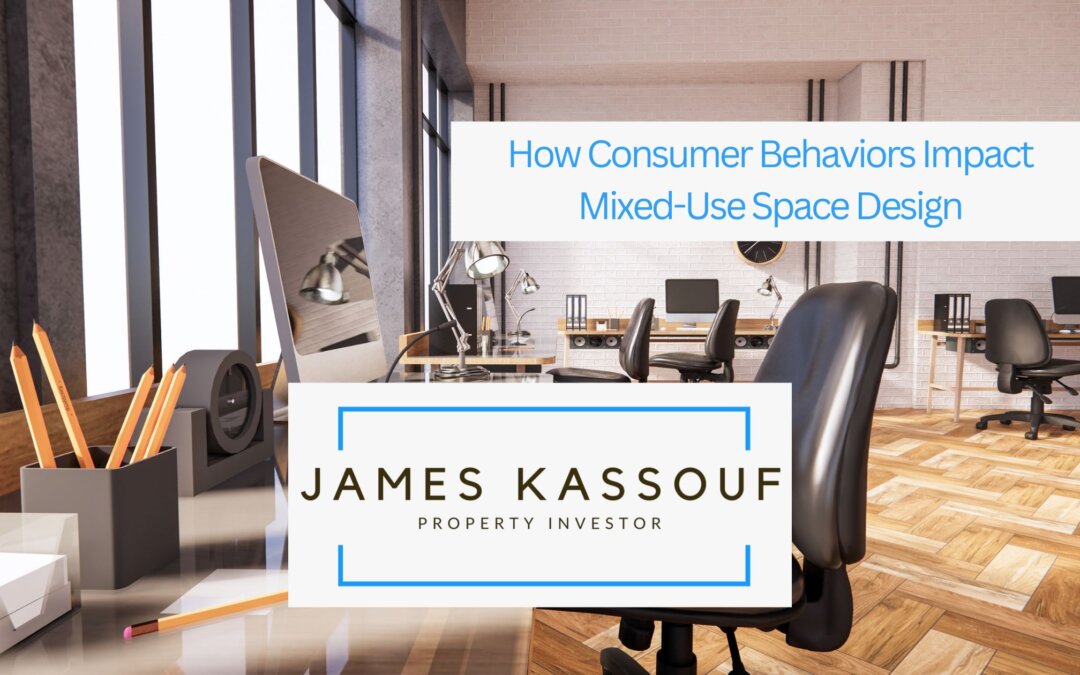In the ever-evolving landscape of urban living, the design of mixed-use spaces is undergoing a transformative shift influenced by consumers’ dynamic behaviors and expectations. As the demands of modern lifestyles change, developers and designers are compelled to create spaces that not only cater to immediate needs but also anticipate and adapt to the evolving behaviors of consumers.
Shifting Work Dynamics
Consumer behaviors, especially in the wake of remote work trends, reshape how mixed-use spaces are designed. The demand for flexible workspaces within these developments is on the rise. Designing co-working areas and communal workspaces and incorporating technology to support remote work align with the changing work dynamics and the desire for versatile work environments.
Experience-Centric Design
Consumers today seek more than just functional spaces; they crave experiences. Mixed-use space design is now focused on creating immersive and experiential environments. Incorporating elements like public art installations, interactive zones, and communal gathering spaces adds a layer of richness to the consumer experience, fostering a sense of community and engagement.
Sustainable Living Preferences
With growing environmental consciousness, consumers are leaning towards sustainable living. Mixed-use developments adopt eco-friendly features such as green roofs, energy-efficient systems, and sustainable building materials. The integration of sustainable practices aligns with the values of environmentally conscious consumers.
Emphasis on Health and Well-being
The global emphasis on health and well-being has influenced consumer preferences in mixed-use space design. Incorporating fitness centers, outdoor recreational areas, and wellness spaces caters to the growing desire for holistic well-being. The design of these spaces considers the physical and mental health of residents, aligning with the shift towards healthier lifestyles.
Demand for Seamless Connectivity
Consumers today expect seamless connectivity in every aspect of their lives. Mixed-use spaces are designed with integrated technology to support this demand. From smart home systems to high-speed connectivity in common areas, the design takes into account the need for a connected and technologically advanced living environment.
Personalization and Customization
Consumer behaviors emphasize the need for personalization and customization. Mixed-use space design incorporates flexible layouts, adaptable interiors, and modular elements that allow residents to tailor their living spaces according to their preferences. This personalized approach enhances the sense of ownership and satisfaction among consumers.
E-commerce Integration
The rise of e-commerce has influenced how consumers interact with physical spaces. Mixed-use developments adapt by integrating e-commerce hubs, parcel delivery solutions, and smart lockers. This seamless integration of online and offline experiences caters to the convenience preferences of modern consumers.

